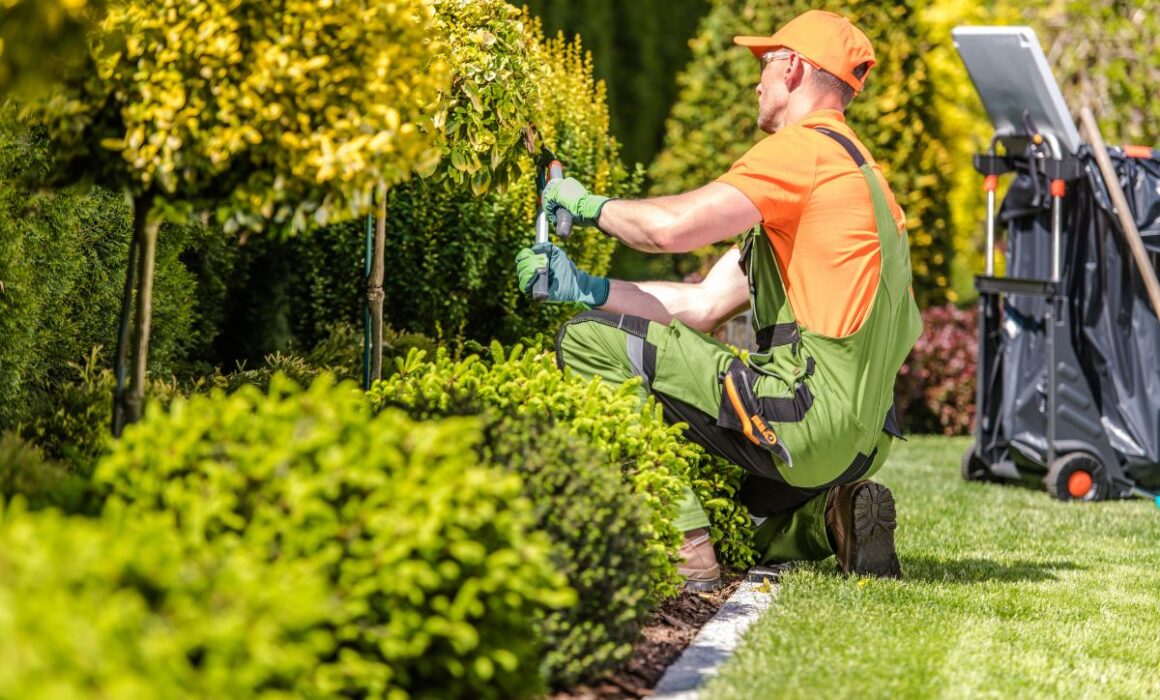The Green Shield: How Landscaping and Weed Control Boost Pest Control Efforts
A well-maintained and thoughtfully landscaped garden doesn’t just enhance the aesthetic appeal of your property; it can also serve as a powerful shield against unwanted pests. In this blog post, we’ll explore the symbiotic relationship between landscaping, weed control, and effective pest management, highlighting the key reasons why investing in a healthy outdoor environment can significantly contribute to keeping pests at bay.
1.Elimination of Pest Habitats:
- Overgrown and unkempt landscapes create ideal hiding spots and breeding grounds for pests. By maintaining a well-manicured garden, you eliminate potential habitats for rodents, insects, and other pests that thrive in dense vegetation.
2. Reduced Moisture and Standing Water
- Weeds and overgrown vegetation can trap moisture, creating damp environments that attract pests. By implementing effective weed control and landscaping practices, you can reduce excess moisture and eliminate standing water, making your property less appealing to pests that thrive in damp conditions.
3. Prevention of Pest Attraction:
- Certain plants and weeds attract pests due to their nectar, pollen, or sap. Strategically planning your landscaping to include pest-resistant plants and keeping weed growth in check minimizes the factors that draw pests to your property.
4. Enhanced Airflow and Sunlight:
- Well-maintained landscaping allows for better airflow and sunlight penetration, creating an environment that is less conducive to pests. Improved airflow helps in drying out damp areas, making it less favorable for pests that thrive in humid conditions.
5. Early Detection of Pest Issues:
- Regular landscaping activities provide an opportunity for early detection of pest problems. By staying actively involved in the care of your outdoor spaces, you can identify signs of infestations or diseases before they escalate, allowing for prompt pest control interventions.
6. Integrated Pest Management (IPM)
- Landscaping and weed control play integral roles in Integrated Pest Management (IPM), a holistic approach to pest control. This strategy combines preventive measures, cultural practices, and targeted interventions to manage pests effectively while minimizing the use of pesticides.
7. Protecting the Ecosystem
- A healthy and balanced ecosystem in your garden can foster beneficial insects, birds, and other organisms that act as natural predators to common pests. A diverse and well-maintained landscape contributes to a more resilient ecosystem that can naturally regulate pest populations.
8. Curb Appeal and Property Value:
- Beyond pest control benefits, a well-landscaped property enhances curb appeal and increases property value. A property that is well-groomed and free from overgrown vegetation is not only attractive to potential buyers but is also less likely to harbor pests.
Conclusion:
Landscaping and weed control are not just about creating a visually pleasing outdoor space; they are essential components of effective pest control. By taking a proactive approach to maintaining your garden, you create an environment that is less favorable to pests and more resilient to potential infestations. So, invest in the green shield for your property, and enjoy a pest-free, thriving outdoor space.


